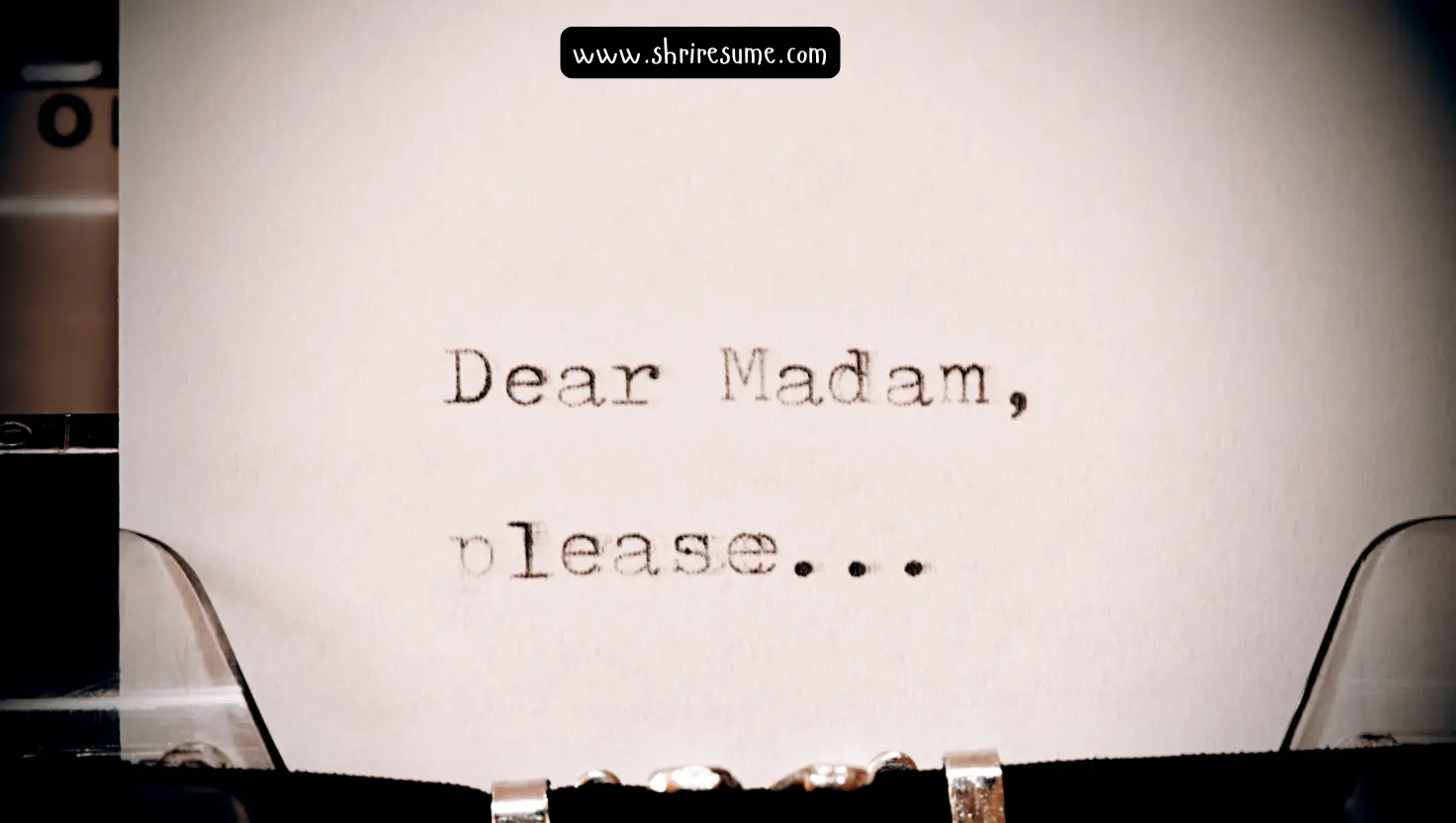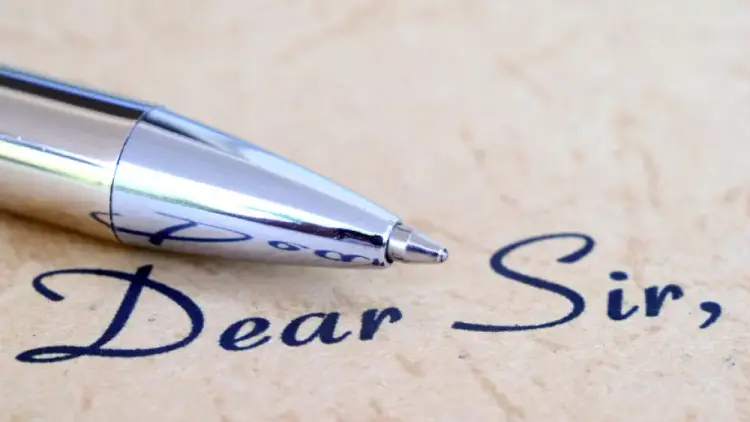Is “Dear Sir/Madam” Outdated? Here’s What You Should Use Instead
Putting a professional and personal touch in your cover letter or business email is absolutely essential—especially when you’re reaching out to a recruiter, hiring manager, or corporate contact. And it all starts with the greeting.

In today’s fast-paced professional world, using “Dear Sir/Madam” is often seen as outdated and impersonal. Why? Because in most cases, the recipient’s name, title, or department is just a quick LinkedIn or company website search away. Using a generic salutation may signal that you didn’t put in the effort—and that can cost you the opportunity to stand out.
If you want your message to make an impact and feel personalized, it’s crucial to choose the right email salutation. Whether it’s a formal greeting like “Dear Hiring Manager” or a department-based opener like “Hello Recruitment Team”, your tone sets the stage for how your message will be received.
Should you use Dear Sir or Madam?
Using “Dear Sir/ Madam” before beginning a professional business email or cover letter is a thing of the past. Although it is not inaccurate to mention it at the beginning of the letter. But, in some situations, it must be avoided. There are various reasons behind that. Let’s know them.
In today’s technology era, you can find the name of the person easily on the internet. So, if you still write ‘dear sir/madam’ before starting your email or cover letter, then the person on the other side of the email, might assume you are lazy. It’s offensive to assume the gender conformity of a business associate or peer. So, if you mention any particular gender, and guess it wrongly, then you might offend them immediately. so do your research and learn who they are.
When should you use dear Sir or Madam?
Using the salutation “Dear Sir or Madam” is appropriate only when you don’t know the recipient’s name, gender, or official title—even after conducting thorough research. This generic greeting is commonly used in formal letters, job applications, or business emails when no specific contact information is available.
If, after checking the company’s website, LinkedIn, or online directories, you still can’t identify the exact recipient, then “Dear Sir or Madam” is a safe and respectful fallback.
What are some of the best alternatives to “Dear Sir/Madam”?

Whether appropriate or not, it is one of the most commonly used salutations that professionals use at the beginning of their letters/ emails. So, if you want your letter/ email to be a more professional and or less formal greeting, then there are several alternatives that you can consider before starting an email.
“Hello, [Insert recipient’s name or team name]”
You can start your email or letter with this casual greeting when you want to send an informal letter or email to anyone in particular or any specific department.
“Hello, [Insert company name]”
While sending a business email or letter to either your company or another team in the company, you use this salutation as a greeting.
“Dear, Hiring Manager”
This salutation can be used when you want to write an email or letter to a hiring manager but you have no idea about the person’s name. Also, if you are writing a cover letter or a follow-up letter about a previously sent job application, then also you can use this salutation.
“Dear, [First name]”
you can use this salutation opening in your letter or email when you know the recipient’s name or are on a first-name basis with the person
“Hello [Name or Surname of Recruiter]”
You can start your message with this salutation when you know the receiver’s name. You can mention their first name or their last name as you wish. For example: “Hello William” or “Hello Mr.Robert”
“Hello”
Begin your informal/ formal letter or email with this salutation to the people you know well. You can use greetings like “Hello” or “Hi there.”
“Dear [Job title]”
While sending a cover letter or business email, it is acceptable to begin it with such a greeting when you don’t know the name of the person but you know the designation of the person. For example: “Dear Sales Manager” or “Dear Editorial-in-chief”
“Dear Recruiter”
You can open your letter or email with this greeting when you want to send a job application or a follow-up email or letter to a recruiter, and you do not know the recruiter’s name.
“Good Morning”
Using “Good Morning” as an opening of the email is a commonly used salutation used in company emails and newsletters. It can also be used in an email or letter you send to a recruiter or a recruiting team.
“To whom it may concern.”
This opening salutation is appropriate when you are emailing someone with whom you don’t share any personal relationship. This salutation will reduce the chance of offending someone.
“I hope this email finds you well”
This salutation means you wish for their good health at the time you receive this email. It is a formal way of expressing well wishes to the recipient of an email.
Conclusion.
Writing an impressive business email or letter might feel like a difficult task, but can be done easily with the right tactics. So, to put an impressive remark in the receiver you must start your business emails or letters with an impressive salutation.

Get a higher quality resume format
Our Resume Builder ensures best practices, logic, formatting standards and job matching opportunities from thousands of job boards and portals around the world.
By clicking Start Your Resume, Your are agree to our Terms of use and Privacy Policy
 India's
premier resume service
India's
premier resume service






